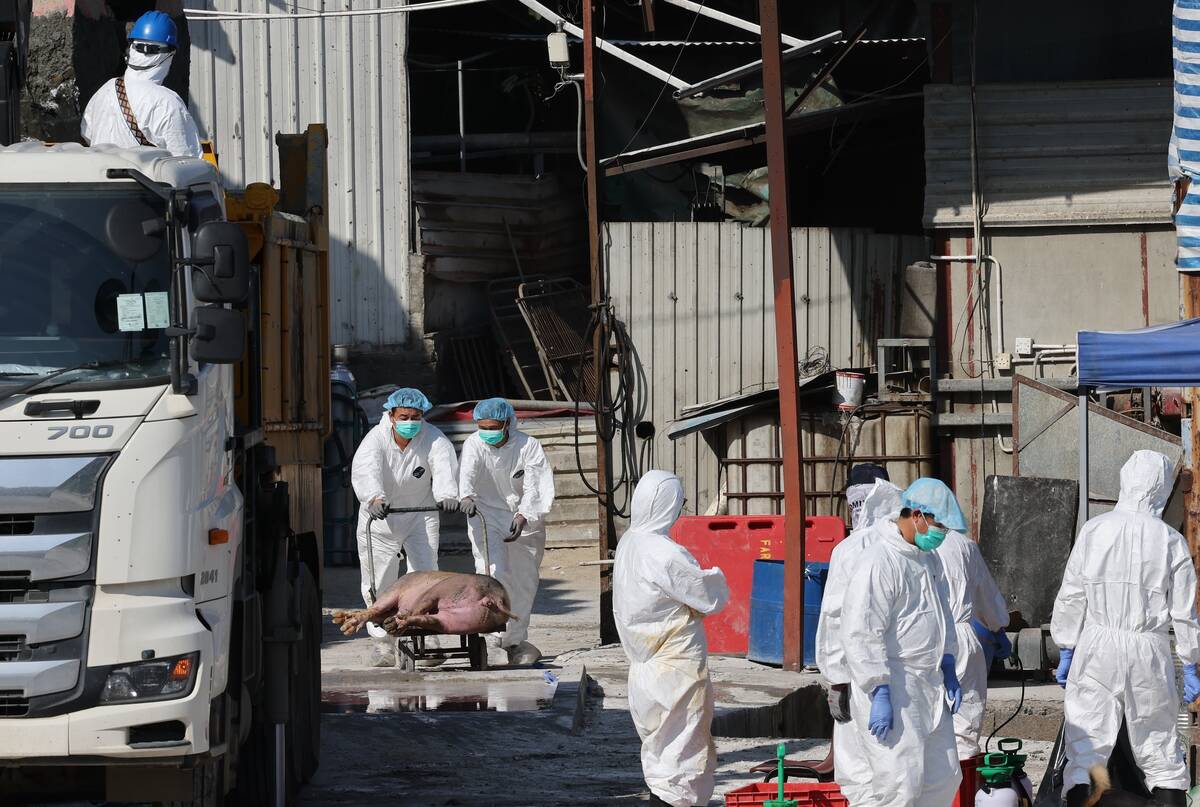BANFF, Alta. – Water ignores political boundaries, yet many of the world’s major aquifers are shared by neighbours who have learned to co-operate with one another.
Management of one of the world’s largest aquifers by four countries is an example of hard won co-operation and negotiation, said Ahmed Khater of the Egyptian ministry of water resources and irrigation.
He told a national water conference in Banff, Alta., on June 16 that competition for water among countries can cause tension, yet it receives little attention in trade agreements.
Read Also

Mixed results on new African swine fever vaccine
The new African swine fever vaccine still has issues, but also gave researchers insight into how virus strain impacts protection against the deadly pig disease.
“There is very limited experience worldwide on the international legal and institutional regime regulating the use of shared aquifer systems,” he said.
Egypt, Chad, Sudan and Libya share the Nubian Sandstone Aquifer system, which lies beneath more than 2.5 million sq. kilometres in the arid zone belt of North Africa.
Among the four, Egypt is the only one with advanced water management infrastructure. Years of negotiating have led to the creation of a water authority and sharing of plans.
“If we ignore this we wouldn’t do any sort of integrated management successfully,” he said.
Egypt and Libya began co-operating in 1972 but didn’t form a joint water authority until 1992. With the help of international bodies such as the United Nations Educational, Scientific and Cultural Organization, they formed agreements for monitoring the water supply, especially along political boundaries.
Sudan joined the pair in 1995 and Chad came on board in 1999.
“We haven’t yet reached a framework for how much each country can take but at least we have developed the confidence the four countries can sit together and discuss, exchange and do joint studies together,” he said.















